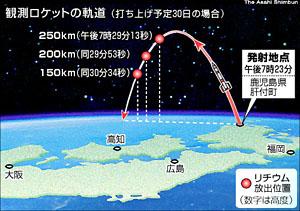 People in Japan this
People in Japan this Saturday Sunday evening will be treated to a "space fireworks" show consisting of three balls of red light in the sky, each glowing as bright as the moon.
These luminous orbs will be the result of three clouds of lithium vapor released into the ionosphere by a rocket launched in an experiment to study the atmosphere. The red glow will be caused by sunlight striking the lithium vapor clouds as they disperse. "In the first few seconds after each lithium release, the light should become as large and bright as the moon," says team member Masayuki Yamamoto, a professor at Kochi University of Technology.
Currently scheduled for Saturday (Sep 1, 2007) at 7:29 PM Sunday (Sep 2, 2007) at 7:26 PM, the one and a half minute long space fireworks show will be most visible in western Japan at about 20 degrees above the southern horizon, but people in the Tokyo area may be able to see the light at about 10 degrees above the southwestern horizon.
The researchers, who come from the Japan Aerospace Exploration Agency (JAXA), Hokkaido University and Kochi University of Technology, say the purpose of the experiment is to study atmospheric flow in the ionosphere at an altitude of between 100 to 300 km. This area of the atmosphere is difficult to study because satellites typically must remain at altitudes higher than 250 km, while weather balloons generally cannot exceed altitudes of 50 km.
At 7:23 PM Saturday 7:20 PM Sunday night, the 8.5-meter tall S-520 rocket will be launched from the JAXA Uchinoura Space Center in southern Kyushu. As it makes an arc across the sky and begins its descent, the rocket will begin releasing the lithium. The rocket will make its first lithium release at 7:29 7:26 PM (at 250 km), followed by a second release 40 seconds later (at 200 km) and another one 40 seconds after that (at 150 km). The rocket will then fall into the Pacific about 500 km south of the tip of Wakayama prefecture.
The scientists will observe the lithium glows from the ground at four separate locations. If the weather is not fine at at least three of the four locations, the launch will be postponed. The latest schedule information is available here.
[Source: Asahi via Slashdot Japan]
UPDATE: It's been postponed until Sunday night (7:26 PM).
UPDATE 2: These photos, found via 2-channeru, show a faint red blob. The photos appear to have been taken from somewhere in Fukui prefecture, which is pretty far away from the action. Cloud cover here in Tokyo obscured the view.
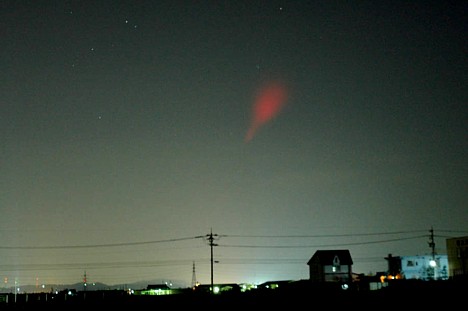
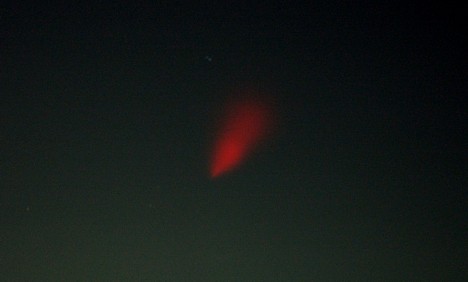
UPDATE 3: These photos from the Tokushima-Kainan Observatory, located at Dairi-Matsubara beach in the town of Kaiyo (Tokushima prefecture, Shikoku), show a much brighter glow. More high-resolution photos here.
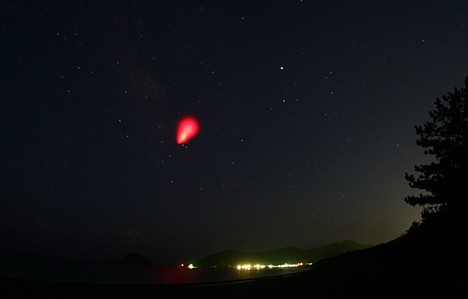
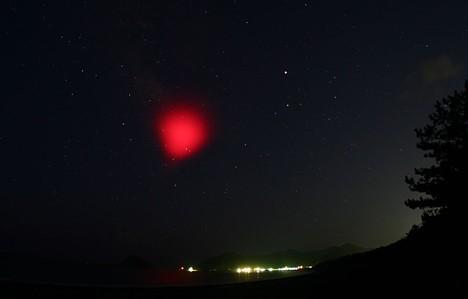
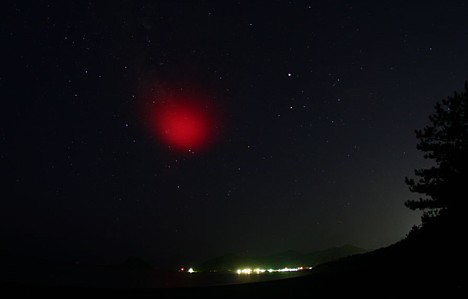

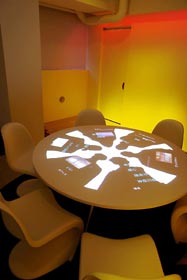 IT company
IT company 
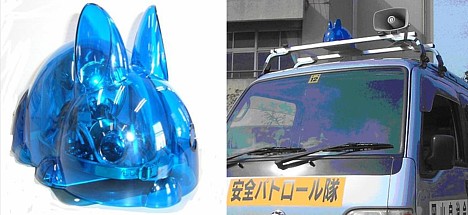
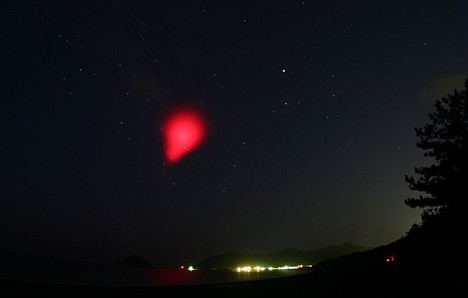
 People in Japan this
People in Japan this 




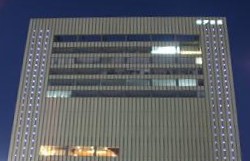
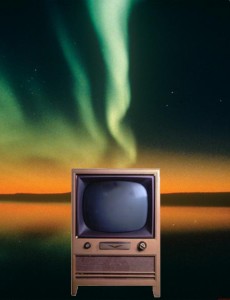 Researchers have developed the next best thing for would-be
Researchers have developed the next best thing for would-be 